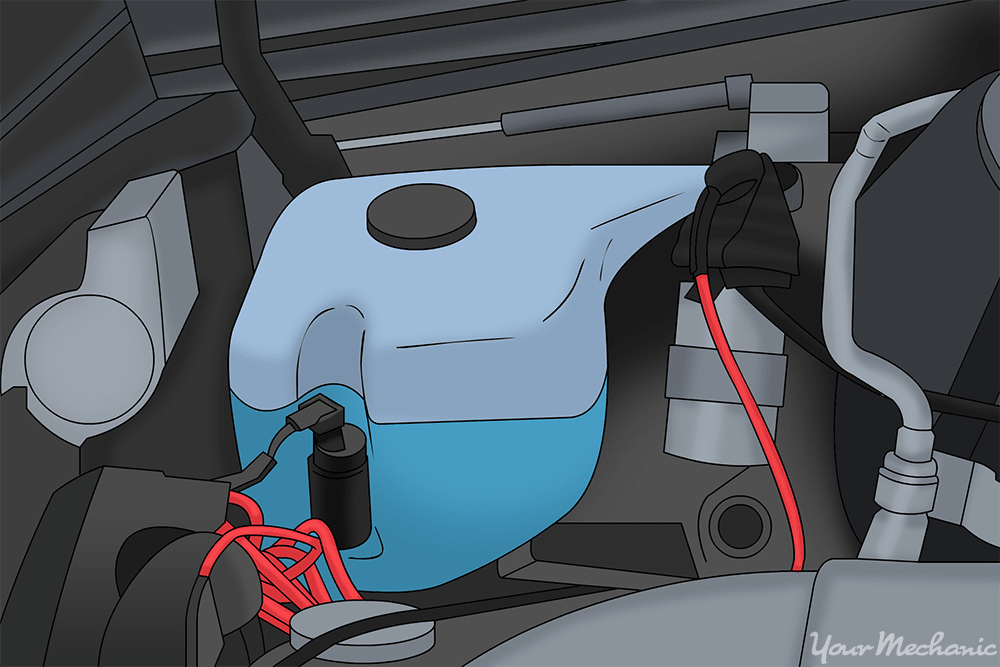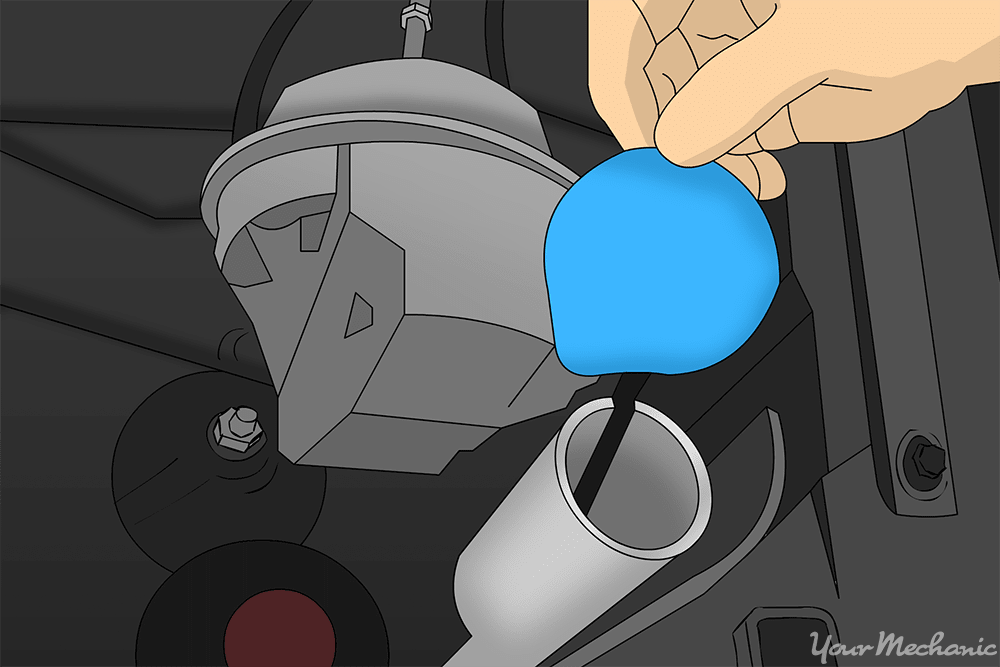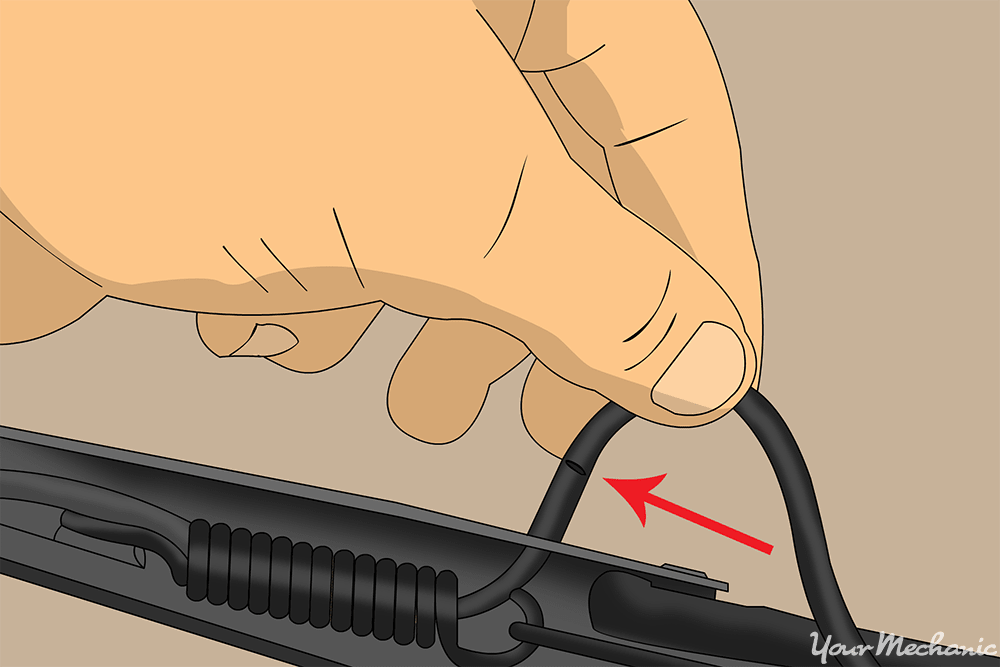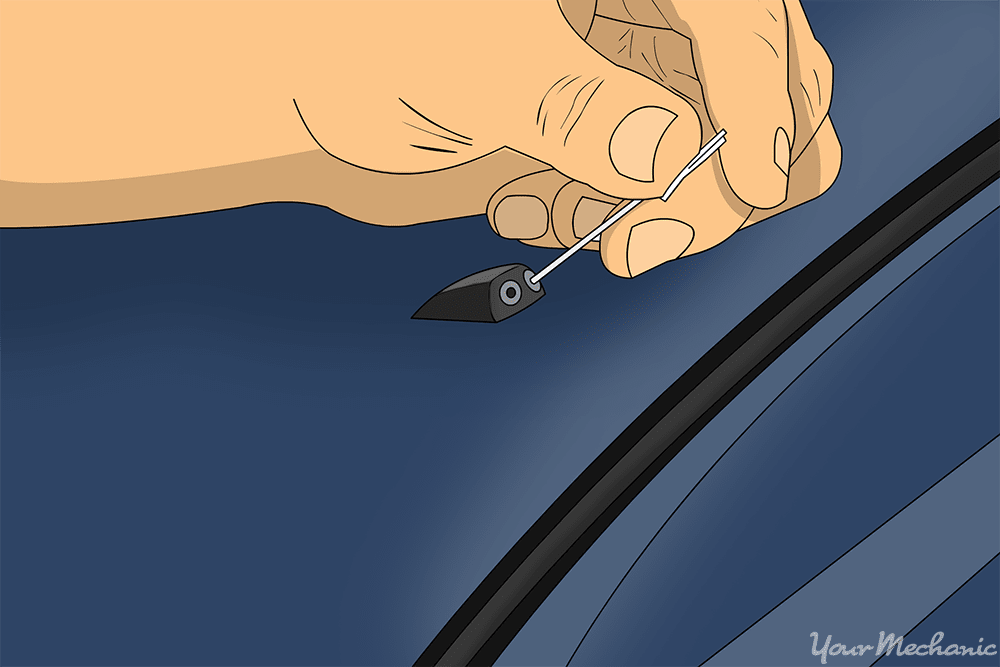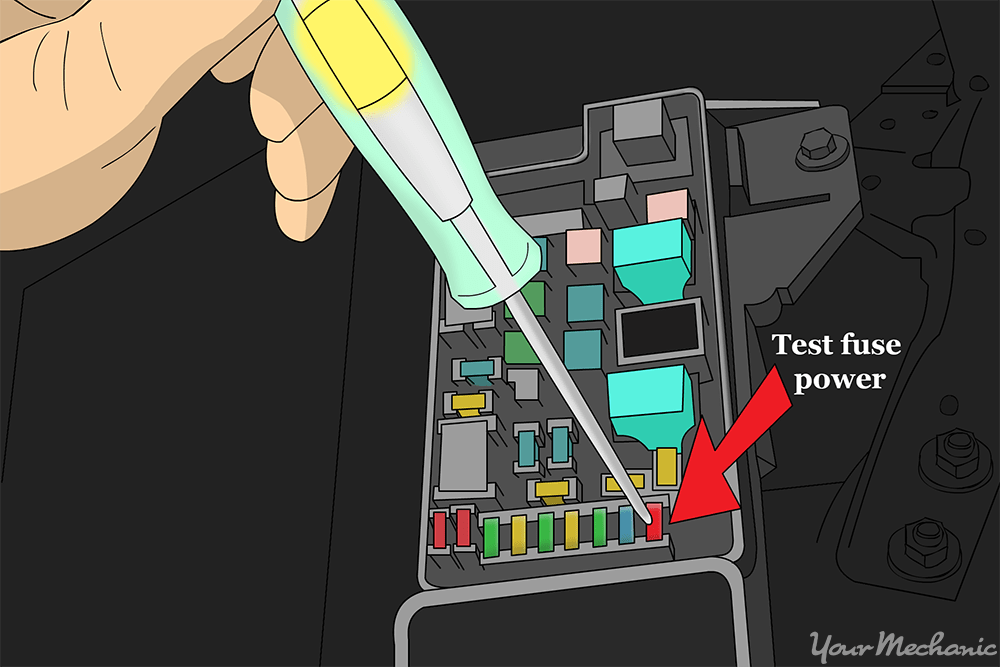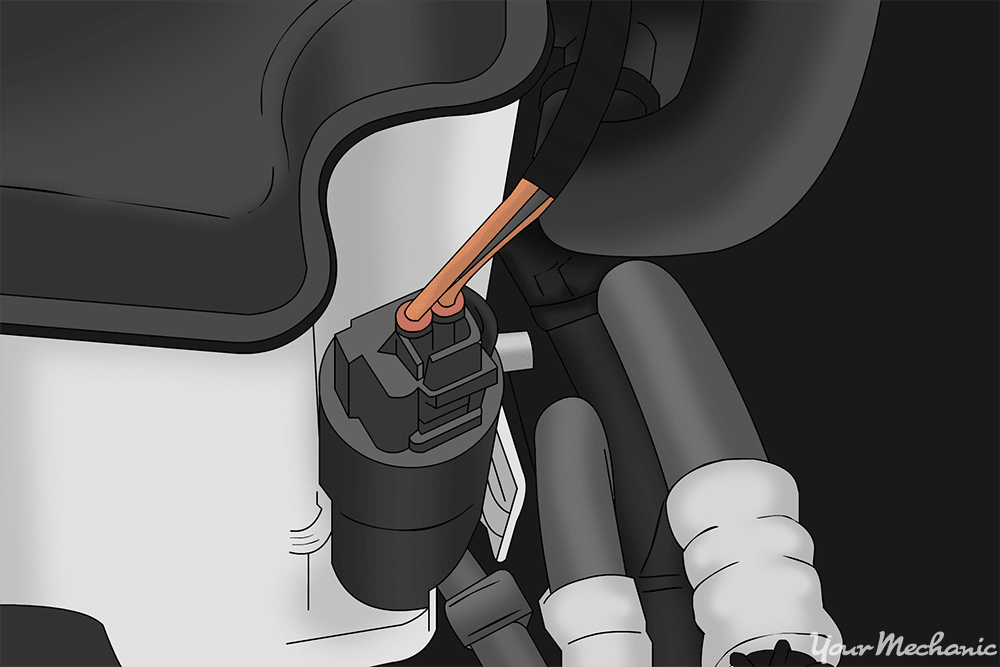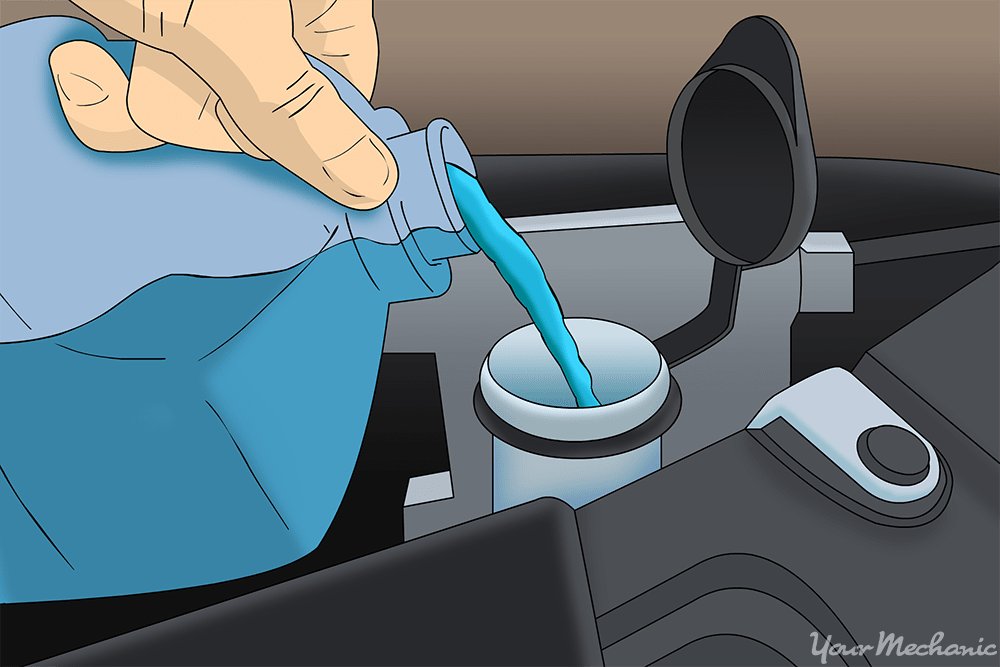

The role of your vehicle’s windshield washer pump is to take the washer fluid from the reservoir and circulate it through the tubes to the car’s windshield washer nozzles. The nozzles then spray the washer fluid on your car’s front or back windshield, allowing you to clean your vehicle’s windows quickly, especially when your vision is impaired by dirty streaks, debris, bird poop, or dead bugs.
If you are attempting to operate your car’s washer nozzles and nothing is happening, the likely cause is you may simply be out of fluid. However, it is also common for the nozzles to get clogged and occasionally a vehicle may even have a failed washer pump. Here are ways to help clean out a vehicle’s clogged windshield washer nozzle and tubes, as well as diagnose a faulty windshield washer pump.
Part 1 of 2: Inspecting for tubing leaks and clogged nozzles
Materials Needed
- A friend to help
- Gloves
- Ratchet and socket set, 8mm through 19mm
- Replacement washer pump fuse
- Safety glasses
- Sewing needle
- Test light
- Windshield washer fluid
Step 1: Prepare the vehicle. Park your car on level ground. Then turn the key to the ON position, but do not actually start the vehicle.
Step 2: Find the washer reservoir. Open the vehicle hood, prop it up, and locate the washer reservoir.
Step 3: Open the reservoir cap and take a peek inside. If the reservoir is empty, pour some of the windshield washer fluid inside and test the nozzles a few times to see if that allows them to work.
Step 4: Place a hand on the reservoir and test the nozzles again. If there is fluid in the reservoir and the nozzles are still unable to spray it onto the windshield, try placing your hand on the reservoir while a friend operates the washer nozzles.
Feel and listen for the washer pump to operate.
Step 5: Inspect the vehicle. If you can feel or hear the pump working, take a look around the vehicle.
Take note of the ground and try to locate any puddles of water. Finding one likely indicates a leak. If no puddles are located, then you may be dealing with a weak washer pump or clogged nozzles
Step 6: Locate the source of the leak and replace the tubing if needed. Replacing the tubing for the nozzles involves slipping off the connectors so they can be cut to size.
- Tip: Be sure to bring the damaged hose to your local parts store as this will allow you to get the correct tubing diameter for the replacement.
Step 7: Unclog the washer nozzles if needed. Clogged nozzles can be remedied with a sewing needle.
Slide one side of the needle into the holes of the washer nozzles to clear the clog and repeat as necessary. Retry the car’s nozzles again to see if this improved the stream of water.
Part 2 of 2: Inspecting the windshield washer pump fuse
If during this inspection you have not been able to see or hear the windshield washer pump turn on, then your next step is to locate and check the pump’s fuse.
Step 1: Locate the washer pump fuse. Using your owner's manual, locate the fuse for the washer pump.
Step 2: Test the fuse with the test light. Attach the clip of the text light to any bare metal surface on the car. This will ground the test light.
Have a friend activate the washer nozzles while you touch both sides of the fuse with the test light. If the fuse is good, the test light will illuminate on both posts of the fuse.
Step 3: Replace the defective fuse as needed. If there is no power, remove, inspect, and replace the fuse if necessary with an appropriate replacement fuse. Test the nozzles once more.
Step 4: Test the washer pump itself. If there is power at the fuse yet still no spray from the nozzle, it is time to go back to the washer reservoir.
Locate the washer pump at the bottom of the reservoir. Attach the test light clip again, have a friend activate the washer nozzles, and proceed to probe the back of the connector on the washer pump.
When the nozzles are activated, the test light should indicate power on one of the two wires. If power is verified, then it confirms that the washer pump motor itself is indeed not working and may need to be replaced.
You can tackle this repair on your own, or, if you are not comfortable with this task, have a qualified mechanic, such as one from YourMechanic, perform it for you. Most repairs done by professionals come with the peace of a mind of a warranty.



